How To Remove Non-condensables From A Refrigeration System
How to remove non-condensables from a refrigeration system. Determine the type of refrigerant in the system. Now I explain the test. A method for the removal of non-condensable gases from a system using a closed-loop thermodynamic cycle and wherein said system comprises a main absorptioncondensation vessel used for absorbing or condensation of a working fluid the main absorptioncondensation vessel is adapted to be connected to a gas removal unit comprising a secondary absorptioncondensation.
High discharge pressure High sub-cooling. How do you remove non Condensables from a refrigeration system. This saturated temperature should be within a couple degrees of outdoor air temperature.
These poor procedures leave air nitrogen or moisture in the system. High compressor amp draw. Others things to look forpossible increase of suction pressure high compressor amp draw and higher than normal subcooling.
To remove NCGs from refrigerant in larger systems use the nearest access valve to the vapor inlet to the condenser. Sump temp 68 to 75. The only way to remove non-condensables COMPLETELY in a small air conditioning or refrigeration system is to recover the entire charge and recharge with virgin refrigerant.
Videos you watch may be added to the TVs watch history and influence TV recommendations. High-pressure refrigerant vapor flows through the condenser and the condensing medium passes across the outside of the condenser. It is hard to get to the vapor space in the condenser without tapping a line.
High head 300 plus drop leg approx 85. Our company lead tech said non-condensables or mixed refrigerants. A purge unit is typically used to remove air and other non-condensables from the refrigeration system.
This cycle of inlet and discharge action continues to remove air and non-condensables from the unit until the pump ceases to create a sufficient differential in pressure to. Consequently how do you remove non Condensables from a refrigeration system.
High-pressure refrigerant vapor flows through the condenser and the condensing medium passes across the outside of the condenser.
May 11 Also to know is how do you remove non Condensables from a refrigeration system. Sump temp 68 to 75. Our company lead tech said non-condensables or mixed refrigerants. To remove NCGs from refrigerant in smaller systems recover the entire charge and recharge with fresh refrigerant. One may also ask how do you test for non condensables in refrigerant. The system should be evacuated to 500 microns and recharged using new refrigerant. High head 300 plus drop leg approx 85. The system should be evacuated to microns and recharged using new refrigerant. It is hard to get to the vapor space in the condenser without tapping a line.
Air and nitrogen are the most likely non-condensables you will see. High superheat high subcooling. The best way to remove air is to reclaim all the gas in the system and take to an authorized handler to dispose of it because u suspect it for contamination for you and then to start again put on vac pull it down to 200 microns and recharge with r 22 but whoever what is the system used for and and running pressures etc for all u know u may even have an inefficient compressor. To remove NCGs from refrigerant in larger systems use the nearest access valve to the vapor inlet to the condenser. Our company lead tech said non-condensables or mixed refrigerants. High head 300 plus drop leg approx 85. These poor procedures leave air nitrogen or moisture in the system.


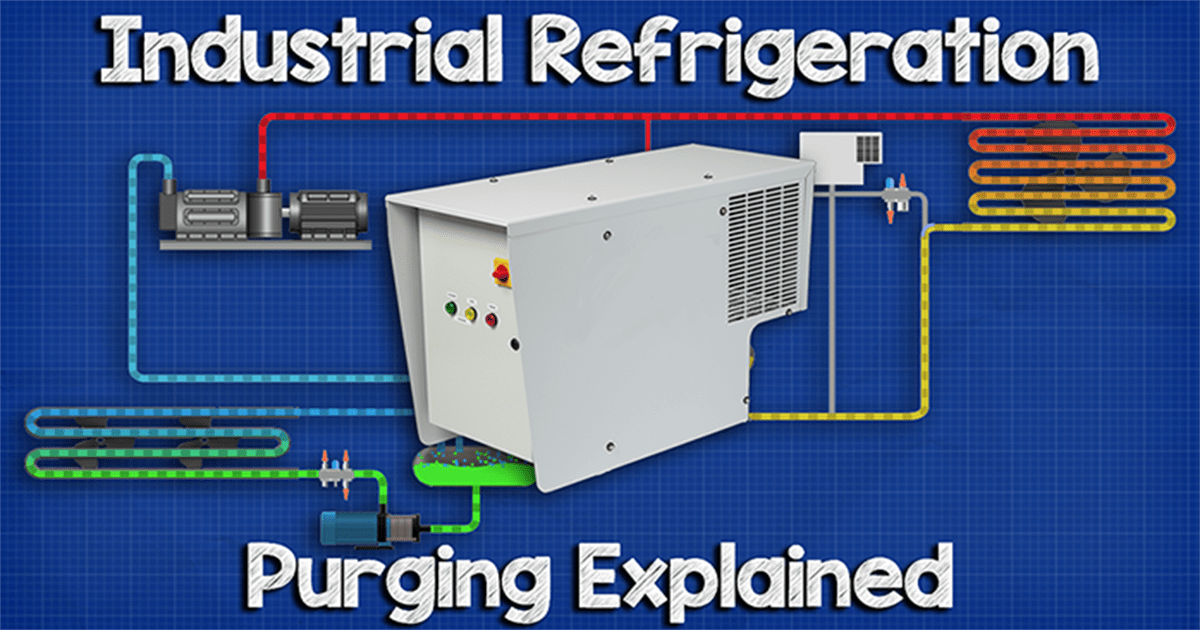



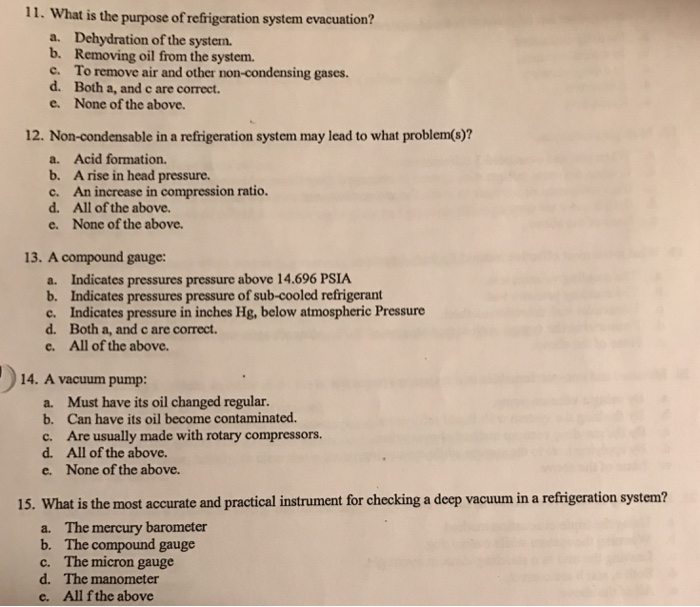


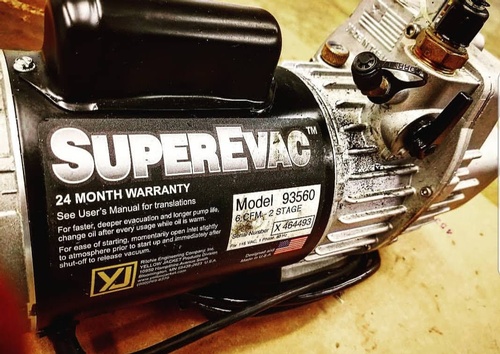
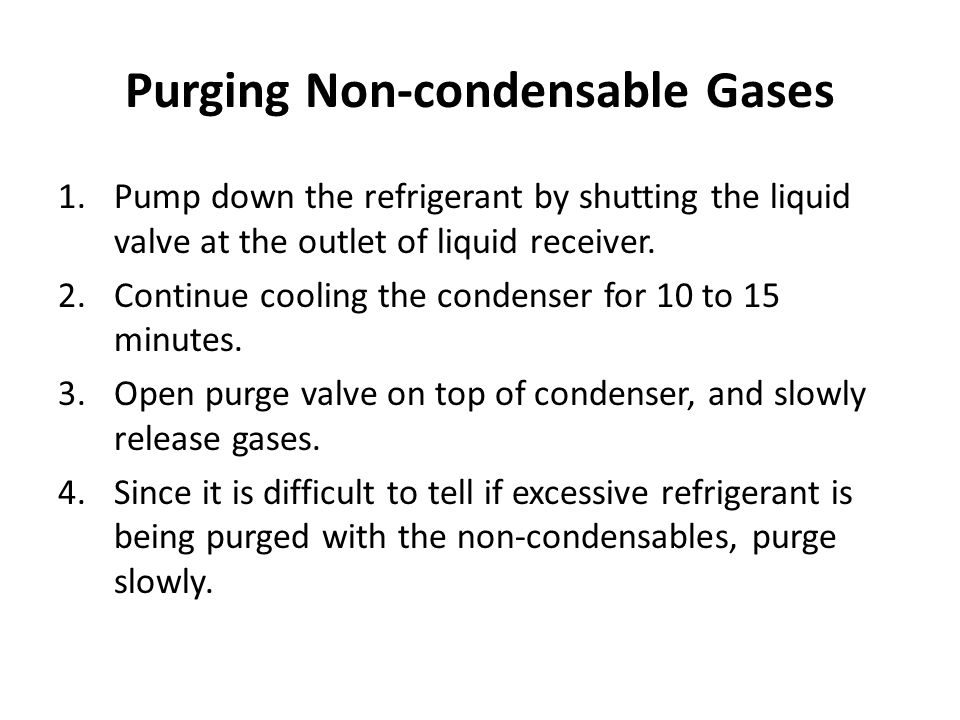
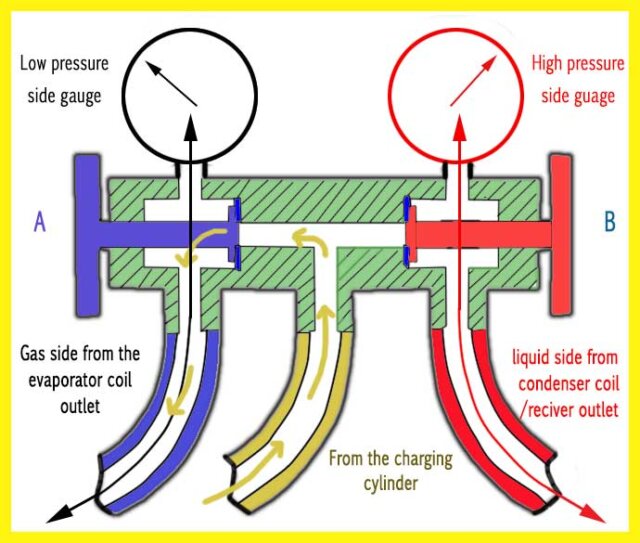



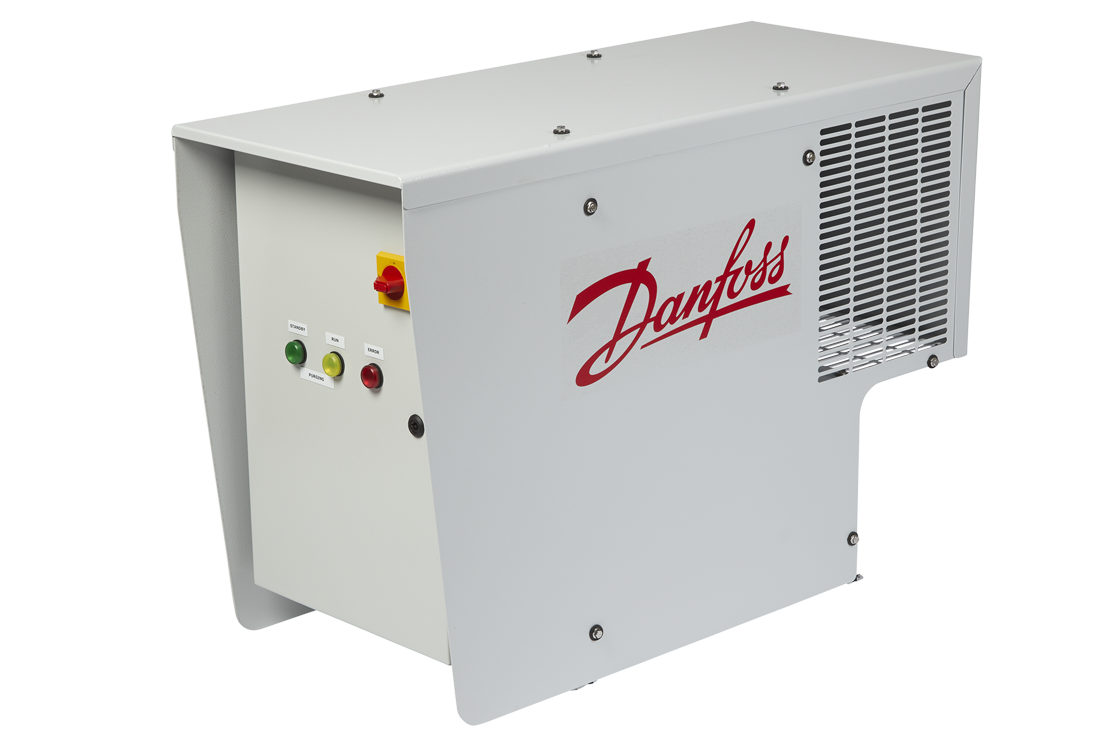
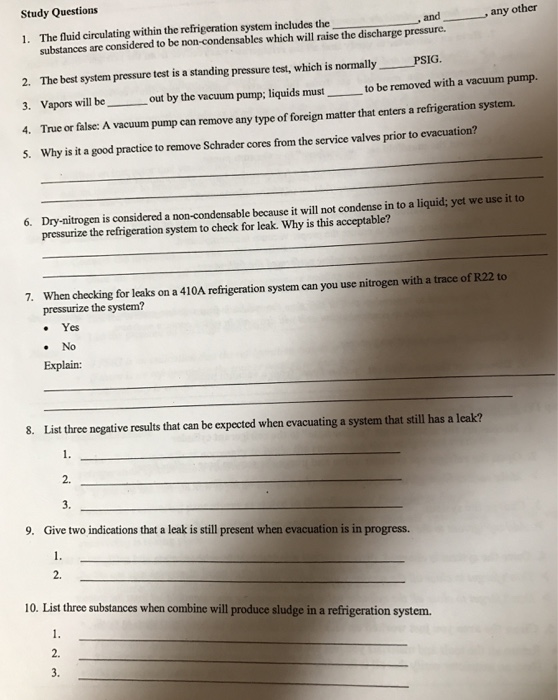



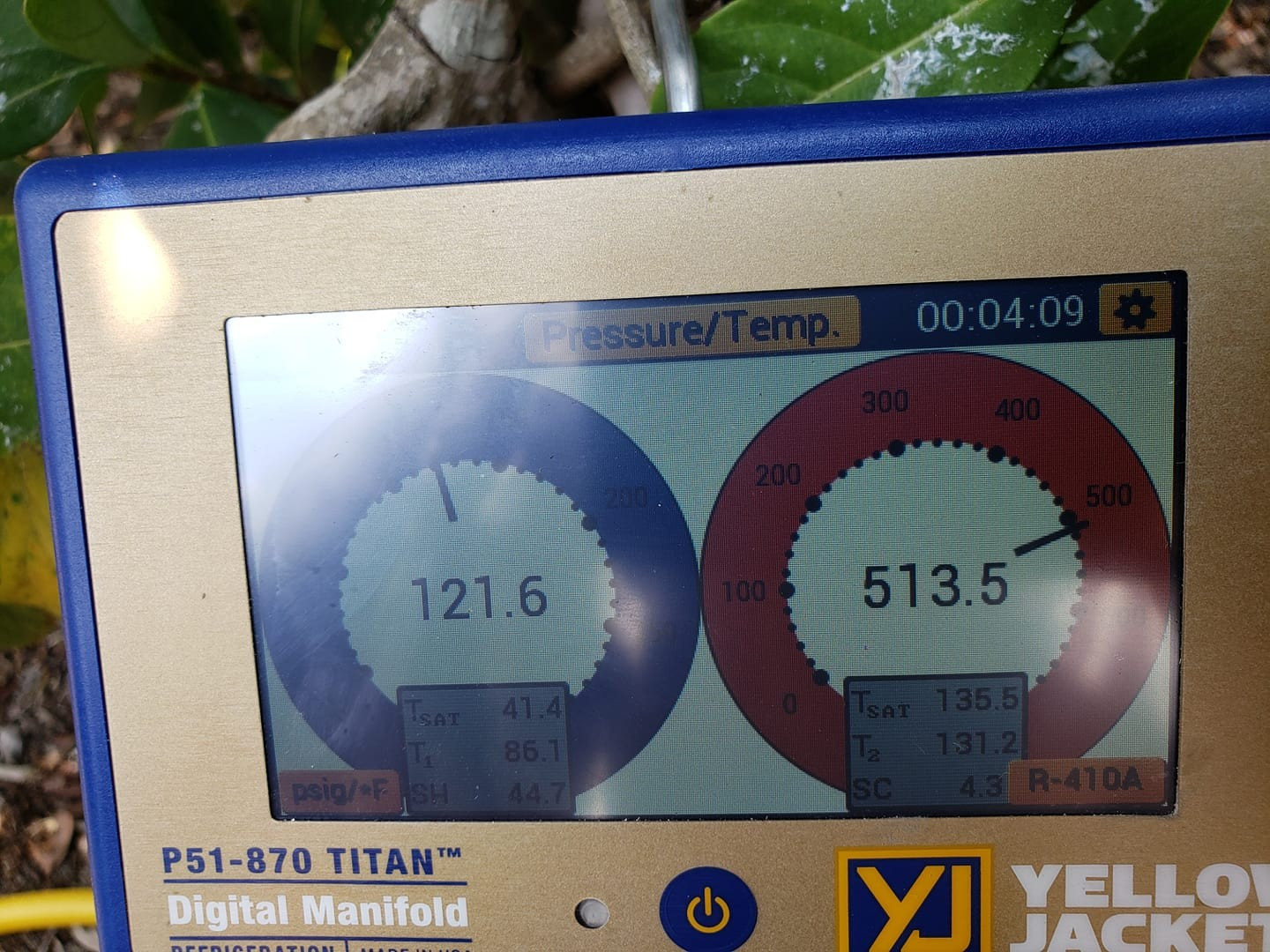


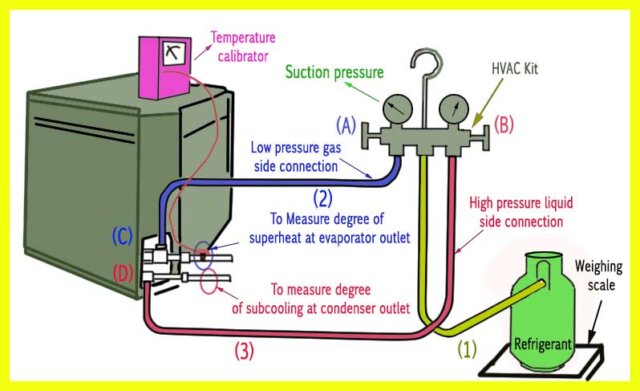
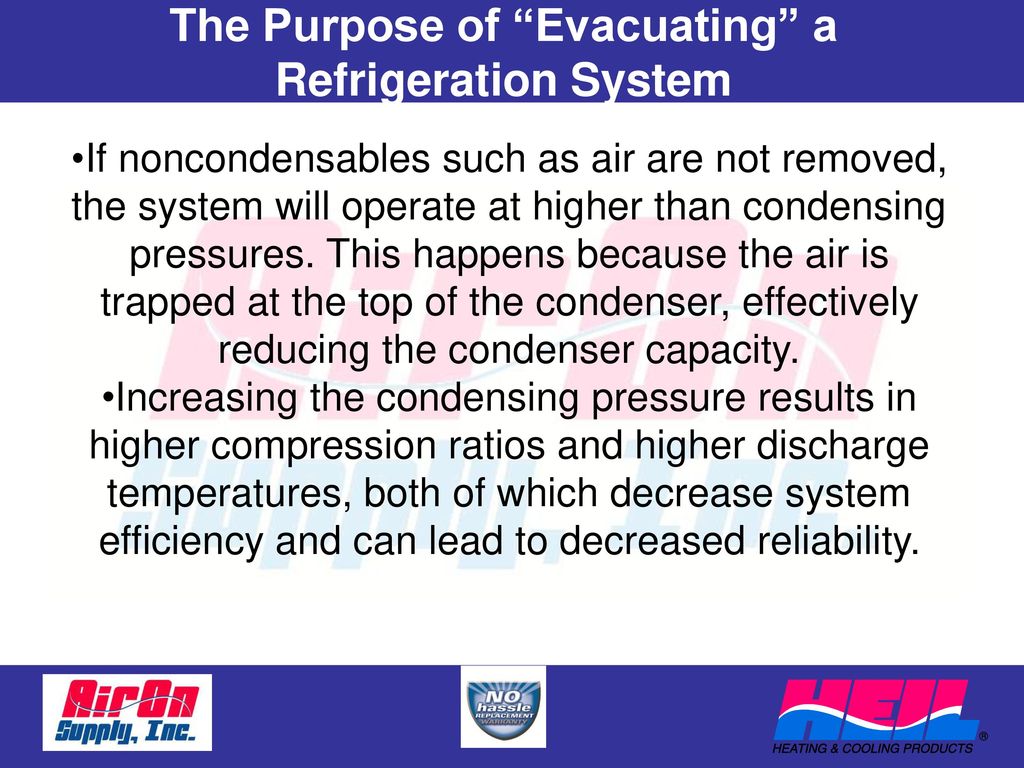

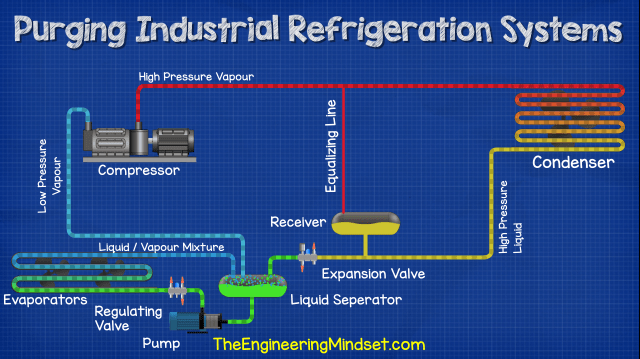

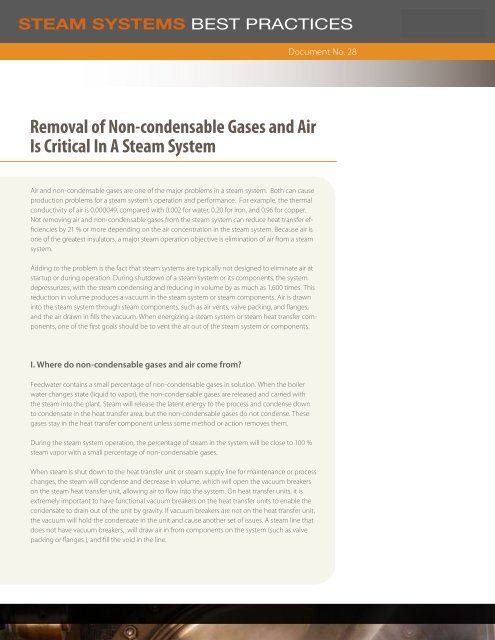




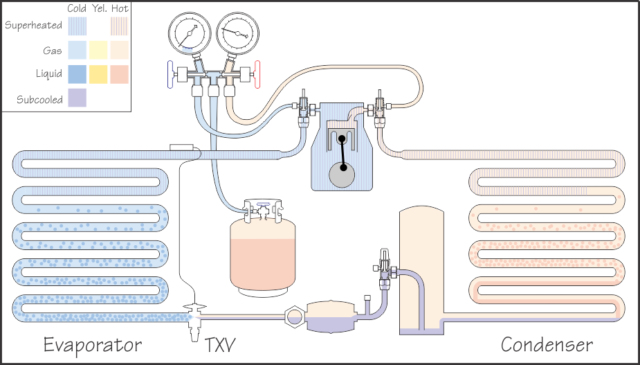



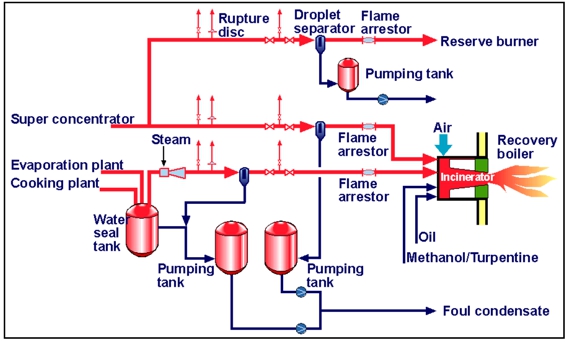



Post a Comment for "How To Remove Non-condensables From A Refrigeration System"